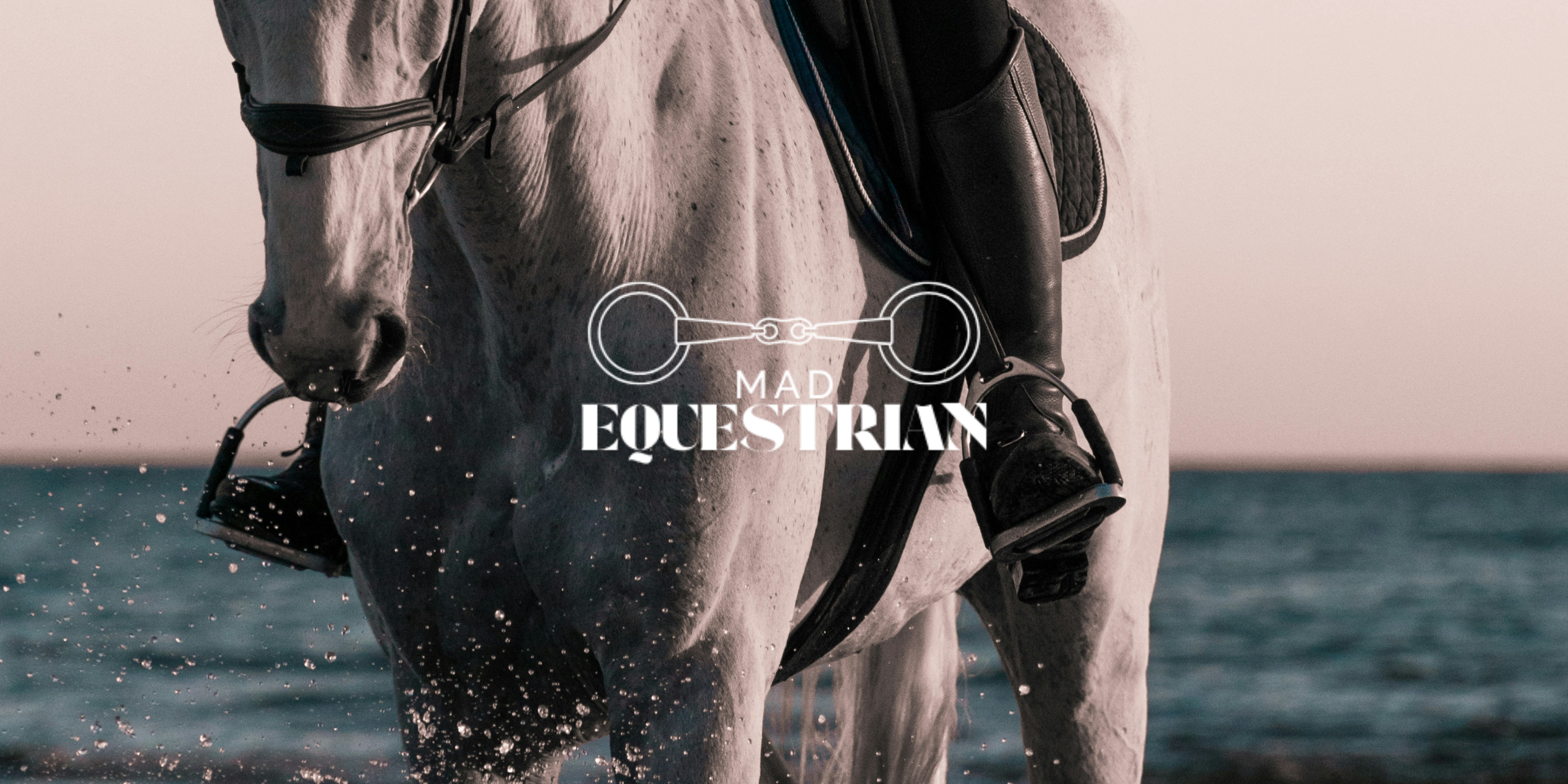When it comes to horseback riding, safety is paramount. Helmets can reduce the risk of horse-related fatal head injuries by 70 to 80%, making the choice of a properly fitting helmet essential for every rider, regardless of experience or discipline. Whether you’re purchasing your first helmet or replacing an older one, understanding how to measure, size, and fit your riding helmet can make all the difference in protection and comfort.

Shop Equestrian Riding Helmets Here
Let's cut to the chase, get your perfect riding helmet today.
Shop Helmets Now
Safety First: Certifications Matter
Choosing the right riding helmet means prioritizing proper fit and trusted safety certifications. Here’s what to look for when selecting your helmet:
- Certified by ASTM (American Society for Testing and Materials) and tested by SEI (Safety Equipment Institute).
- Helmets may have dual certifications (U.S. and European), but ASTM/SEI alone is usually enough.
- Features like crash replacement programs for peace of mind.
- Adjustable dial-fit systems for a personalized, secure fit.
- MIPS technology to reduce rotational forces and enhance brain protection during falls.
When to Replace Your Helmet
Riding helmets need regular replacement to ensure maximum safety; here’s when you should replace yours:
- Replace your helmet every 3 to 5 years, according to the manufacturer’s guidelines and how often you ride.
- Immediately replace your helmet if you’ve had a fall, even if there’s no visible damage.
- Helmets degrade over time due to sweat, sunlight, and temperature changes, which reduce their protective ability.
- Look for visible cracks, dents, or chips—these are clear signs it’s time for a new helmet.
- Even if your helmet looks fine, age and wear can compromise its effectiveness, so keep track of replacement timelines to stay safe.
Styles and Features: Find What Fits Your Discipline and Personality
Riding helmets come in a wide variety of finishes, including matte, glossy, and velvet are among the popular options. Many disciplines have their preferred styles: bling and sparkle for dressage, wide brims for hunters, and colorful, rugged designs for western riders.
Skull caps, often used in cross-country events, omit fixed brims to provide better coverage and are commonly paired with stylish silks or helmet covers. Adjustable helmets equipped with dials allow riders to customize the fit as needed, which is great if you ride with your hair up sometimes and down other times.
Modern helmet designs are also lower profile and lighter than ever, reducing the bulky “bobble-head” look while maintaining excellent safety features. These advancements mean every rider can find a helmet that fits both their safety needs and aesthetic preferences.
Comfort and Ventilation
Comfort is crucial for long rides or competitive days. Helmets with wider, sun-shielding brims offer extra UV protection, but if your helmet lacks a brim, you can add accessories like the EquiVisor for sun protection.
Ventilation is another critical comfort feature. Helmets with larger ventilation slots allow heat and moisture to escape, keeping your head cooler and preventing discomfort in warm weather. This airflow doesn’t sacrifice safety but enhances the overall riding experience.
MIPS Technology: Extra Protection Against Rotational Forces
MIPS helmets provide enhanced protection by reducing rotational forces during impacts through a specialized low-friction layer.
- The low-friction layer allows slight movement between your head and helmet shell during a fall.
- This movement helps reduce rotational forces that cause concussions and severe brain injuries.MIPS technology has passed over 50,000 safety tests for reliability and effectiveness.
- It adds minimal weight (only about 25-45 grams) to helmets.
- Many top helmet brands incorporate MIPS as a safety upgrade.
- Unique tests like sliding sledge and angled drop tests simulate real-world impact scenarios.
- These tests ensure extra protection beyond traditional helmet safety standards.
Understanding Helmet Shape and Fit
Helmets come in different shapes to accommodate variations in head shape, which generally fall into two categories: round and oval. Brands like GPA tend to fit rounder heads, while Charles Owen helmets often suit oval shapes. Even within a brand, you may find some models are rounder and others more oval.
To determine your head shape, have someone look down at the top of your head. A round head will appear fairly symmetrical front-to-back and side-to-side. An oval head is longer front-to-back and narrower side-to-side.
How to Measure Your Head for a Helmet
Use a soft measuring tape or a string (then measure the string) to measure the circumference around the widest part of your head, just above the ears and about an inch above your eyebrows. Refer to the sizing chart for your preferred helmet brand, as sizes and measurement units vary.
If you’re between sizes, it’s usually best to size up. Also, consider how you wear your hair when riding. Hair tied up may require a slightly smaller helmet, whereas wearing your hair down may necessitate sizing up or choosing a helmet with adjustable liners or dials.
Trying On and Adjusting Your Helmet
Your helmet should feel snug but not painfully tight. It should sit about one finger-width above your eyebrows and not shift when you move your head. The chin strap should allow about one finger’s space between the strap and your chin. The straps around your ears should form a triangle resting just below or at the earlobes.
Try the helmet on at home first, keeping tags intact in case you need to exchange it. It may take trying a few sizes or styles to find the perfect fit.
Caring for Your Helmet
Protect your helmet by storing it in a padded helmet bag and keeping it away from extreme temperatures. Avoid quickly cooling or heating it, like placing it in an air-conditioned car immediately after a hot ride.
Clean removable liners according to manufacturer instructions, usually by hand washing. For helmets without removable liners, use spray cleaners designed for helmet interiors. Never machine wash or put your helmet in a dishwasher, as harsh conditions can damage protective materials.
Helmets for Young Riders
Children’s helmets should fit the child’s current head size, not their future size. Many kids’ helmets include adjustable dials for growing heads. Avoid using bike helmets or non-equestrian helmets for horseback riding, as they do not meet necessary safety standards.
To help young riders adjust to helmet pressure, encourage them to wear it during low-pressure activities like watching TV or snacking. Ensure the helmet fits comfortably, offering a “gentle hug” without pinching.
Choosing the right horseback riding helmet is one of the most important investments you can make for your safety and confidence in the saddle. When in doubt, seek expert advice and remember that a helmet’s fit is just as critical as its style or brand. Protect your head, ride with confidence, and enjoy every moment in the saddle!


0 comments